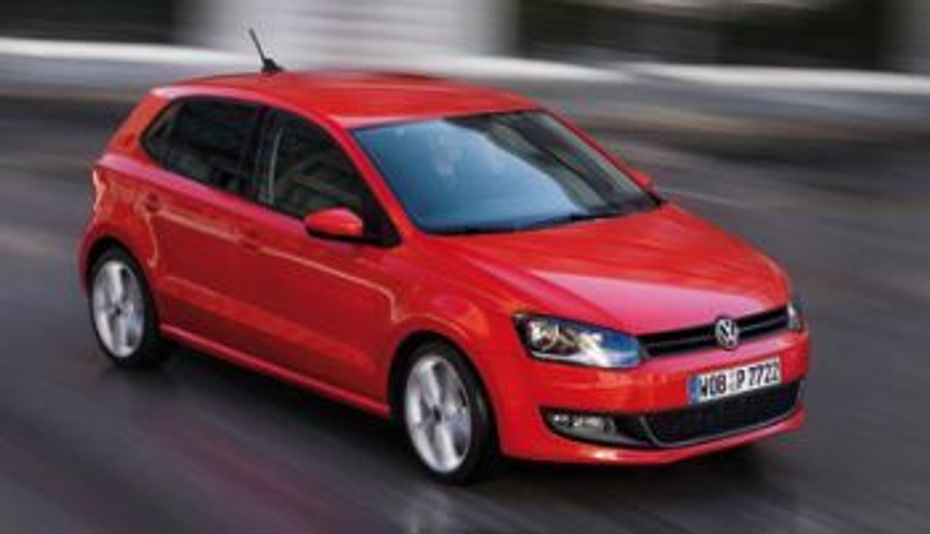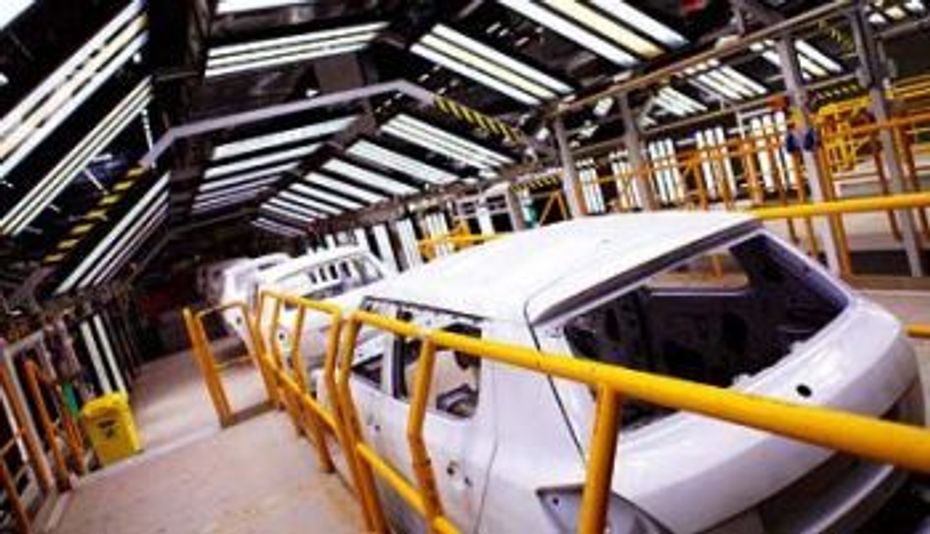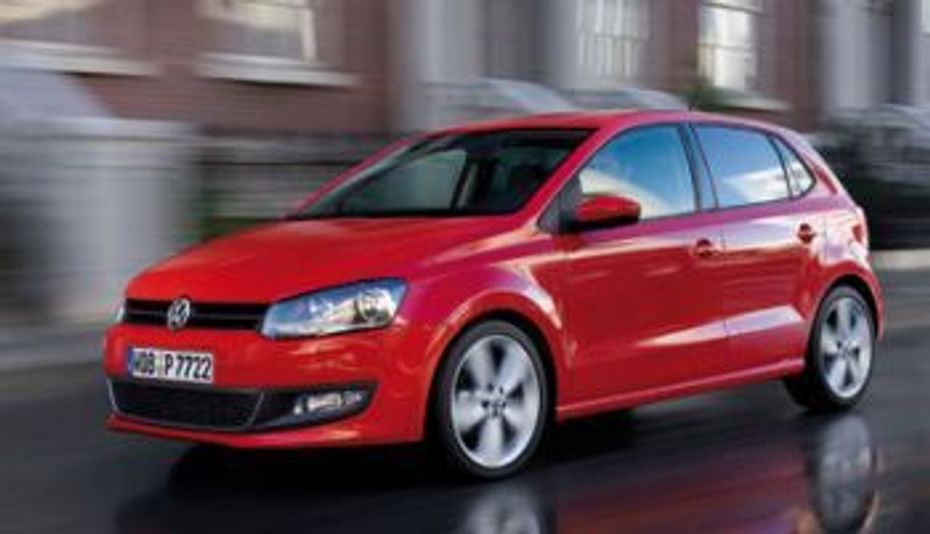
Volkswagen Taigun And Virtus Gets New GT Variants, 1-litre Engine Now...
- Mar 21, 2024
- Views : 2166


Almost a quarter of a century after it mooted a joint venture to manufacture cars in India, with none other than Maruti Udyog, German car maker Volkswagen finally got its manufacturing act going in this country. On March 29 it commissioned its spanking new mega facility at Chakan near Pune to make a range of cars based on its PQ24/25E platform.
The story to date...
Before we move on to Polo and other automotive sporting forms, a bit of historic context. After Sanjay Gandhi's doomed effort to do a people's car his firm was nationalized and the Indian government scouted for a suitable partner to help make an affordable people's car in India. French car maker Renault was sounded out, especially for the Renault R18 as was the British Motor Corporation for its Mini and Maxi models among others
Volkswagen though was seen to be a strong and reliable partner, especially as it came from Germany and all things German were always held in high esteem in India even then. The government and Volkswagen spoke and inked an MOU whereby the German car maker was to consider a partnership between the two to make one of VW's smallest and simplest car's then. As it transpired the car which many were tempted to think and consider for manufacture in India was the Volkswagen Fox which was also badged as the Polo in certain markets.
When it came down to finally signing on the dotted line, the VW management board did a rethink and for good measure. They decided that the car they had was much too complex for manufacturing in India without a proper engineering base and without top level component suppliers. Also the target price wouldn't match what the government intended and so they suggested as much to the Indian government. For the Indian government of that period, time was of a compelling essence and political compulsions were paramount as well but then Japanese motorcycle and small car maker Suzuki got wind of the government's plans, stepped in and the rest as they say is history.
Of course the context is not over by any means. Volkswagen knew that it had something else going for it in Asia and they were the first heavy hitters to move into China. When you consider things in hindsight the VW Group's Asian foray has been larger, more profitable and dominating in China and continues to be so to this day than it would ever have been in India. However it is also fortuitous that the dynamics within the VW Group have marked out its ambitious path for world automotive domination by the years 2016-18 wherein it intends to not just be the largest automotive manufacturer in terms of units produced and sold but also in market capitalization and profitability. In other words it is aiming for world domination beyond even what Toyota envisages!

And to achieve its objectives behind this programme titled Mach 18, India and other developing markets have to play a significant role in terms of growth and return on investment. The VW marque is already present in India with its Passat and Jetta saloons, both exceedingly competent and very classy performers in their segments. Of course they are not the mass market cars which will give the brand the growth it needs but as flag wavers for the brand they have been excellent. VW has also brought in its sister brands to India, Skoda which was the first VW group subsidiary to set base in the country followed by Audi which has dazzled with its supremely beautiful and brilliantly engineered A4 and A6 range of saloons which takes on the Mercedes-Benz C and E-classes respectively.
What we saw however at Chakan early in the week is when the true VW juggernaut begins to roll. It is a modern facility with the capability to roll out 110,000 cars per annum and this number is genuinely for mass market mobility rather than the Jetta - Passat - A4 - A6 - Laura - Superb set.
The unsurprising thing is that the first car which will roll out from Chakan is not the Volkswagen Polo but the Skoda Fabia super hatch. And there is a valid reason for it. This is built on the very same floorpan as the fifth generation Polo which debuted internationally at the Geneva Motor Show in early March this year. The flexible manufacturing concept built into Chakan will see not just the Fabia and Polo hatchbacks but also the Polo notchback rolling out from there. In addition to these cars, if the commercial vehicle division also wants to get in on the act and utilize the same floorpan it could do so for the VW Caddy which could be a nice functional and affordable MUV. And yes of course, come 2012, the most modern ultra-low cost car from the group - the VW Up! And derivatives of it from other group companies, especially Skoda, could also be rolling out from Chakan.
I think the new plant at Chakan is significant in more ways than one as outlined above but what is even more important to understand is that the cars rolling out form May 2009 will start with an almost 50 per cent localized content and this figure will be progressively hiked to near about 80 per cent within the next two years. Pricing is critical and as sensitive an aspect in the Indian context so this localization could have a major bearing on the sticker tags the VW cars would sport.

Coming to the fifth generation Polo which would be made at Chakan from the end of this calendar year (launch date has been fixed for the Auto Expo in Delhi next January), this car is a nifty number which can seat five adults in comfort and has tremendously high levels of build quality and refinement. It would come with a range of petrol and diesel powerplants and maybe VW could also offer its highly acclaimed BlueMotion technologies to not just make the Polo an emissions beater but also trade on a high fuel efficiency capability which has been proved all over the world. There is quite a bit to the new Polo which many might have missed out on though.
The German engineers have used the lessons learnt from the Seat Ibiza (which is built on the very same floorpan) which in turn means it is 8 percent lighter than its predecessor and has a range of yummy powerplants including a hot 1.2-litre TSI turbocharged gasoline engine mated to a seven-speed DSG (dual clutch) gearbox as is fitted on the company's Passat and Jetta models. This engine develops 105bhp but sips just 5.5 litres of fuel over 100 kilometres in the European combined fuel consumption test making it a sure shot Toyota Prius humbler! Of course this will not be available in India to begin with, another 1.2 litre mill with 60bhp on tap with a 157km/h top speed potential and the same 5.5-litres per 100km fuel efficiency should be the base powerplant.
And if it is VW can diesels be far behind? Expect the 1.6 TDI with 75bhp on tap, a 170km/h capability and 4.2-litres per 100km fuel consumption and you are beginning to see the makings of a real challenger in the large hatch category in the land. In fact the Honda Jazz, due to debut in June 2009, could find the Polo to be a formidable rival. Two things stood out for me at the commissioning of VW's Chakan facility near Pune in the last week. The first was the statement made by Prof. Dr. Jochem Heizmann, member of VW's management board who let slip that "we will fight strongly for market share in India given our investments and commitment." And the second and even more telling aspect was when another top ranking VW official told us that the pricing strategy would be mind blowing and probably below the Skoda Fabia! Now if this pans out as he suggested it could just be the best way to have Indians embrace the Volskwagen experience!
The Polo project for India is code named the PQ24 / 25 E with the hatchback being the PQ24-E while in June 2010 it would be joined by the PQ25-E notchback. Incidentally the 'E' suffix stands for emerging markets and this car is also going to be built in Brazil and maybe China. It is early days yet but thanks to the VW Group, Pune could turn out to be little Germany in more ways than one. Watch this space.

Volkswagen Taigun And Virtus Gets New GT Variants, 1-litre Engine Now...

VW ID.4 Electric SUV Revealed, Hyundai Ioniq 5 Rival Launch Confirmed...

Volkswagen Taigun GT Line And GT Plus Sport Launched At Rs 14.08 Lakh

Volkswagen Virtus GT Plus Sport VS Hyundai Verna Turbo: Turbo-petrol...

Unlike Skoda, Volkswagen India Won’t Have A Sub-4 Metre SUV...

Maruti Suzuki Rock N Road: Redefining the SUV Experience

Bosch Car Service: Your Trusted One-stop Destination for Car...

3 New Major Design Details Mahindra XUV 3XO Will Pack Over...

You Can Now Name Skoda India’s Upcoming Sub-4 Metre SUV

Tata Curvv: A Much Clearer Look At Its Interior Ahead Of Its Unveiling
India's largest automotive community